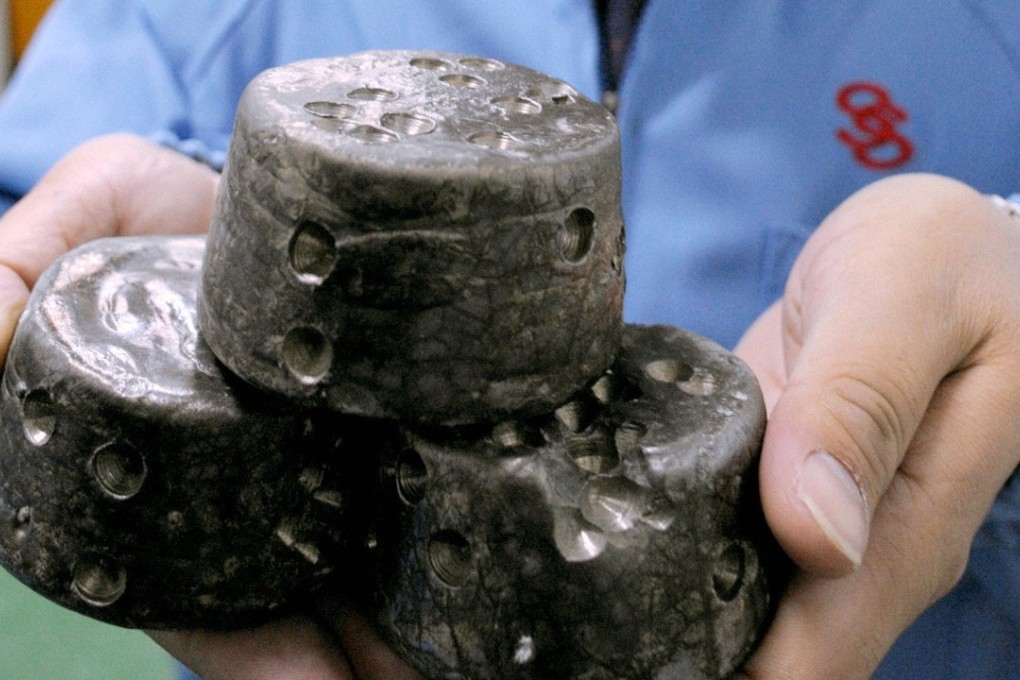Trump tariff list targets hi-tech minerals that US needs
Rare earths, an esoteric collection of minerals, are used in a wide range of applications, such as hybrid vehicles, electronic gadgets and military hardware

Given the Trump administration’s stated aim of maintaining the United States’ advantage in manufacturing prowess over China, there are some curious inclusions on the list of new tariffs announced by the US on Wednesday.
Among them are rare earths, an esoteric collection of minerals with strange names (yttrium, praseodymium), hi-tech applications and a history of scarcity. These are used in everything from hybrid vehicles to electronic gadgets and military hardware.
China’s grip on the supply of rare earths is so strong that the US joined with other nations earlier this decade in a World Trade Organisation (WTO) case to force the nation to export more of the materials, not less, after prices spiked amid a global shortage. The WTO ruled in favour of the US, while prices eventually slumped as manufacturers turned to alternatives.
Imposing duties will “bring home to the American public the reality of how much of what they use in everyday life contains these technology metals”, said Jack Lifton, the Michigan-based founder of rare earth consulting service Technology Metals Research. “The Chinese mine the rare earths, they separate them, they refine them. This is the long-term trend and a 10 per cent tariff will not do anything to stir any domestic production in the US.”
In December of last year, US President Donald Trump signed an executive order to reduce the country’s dependence on external supplies of what the government called critical minerals – including rare earths, cobalt and lithium.